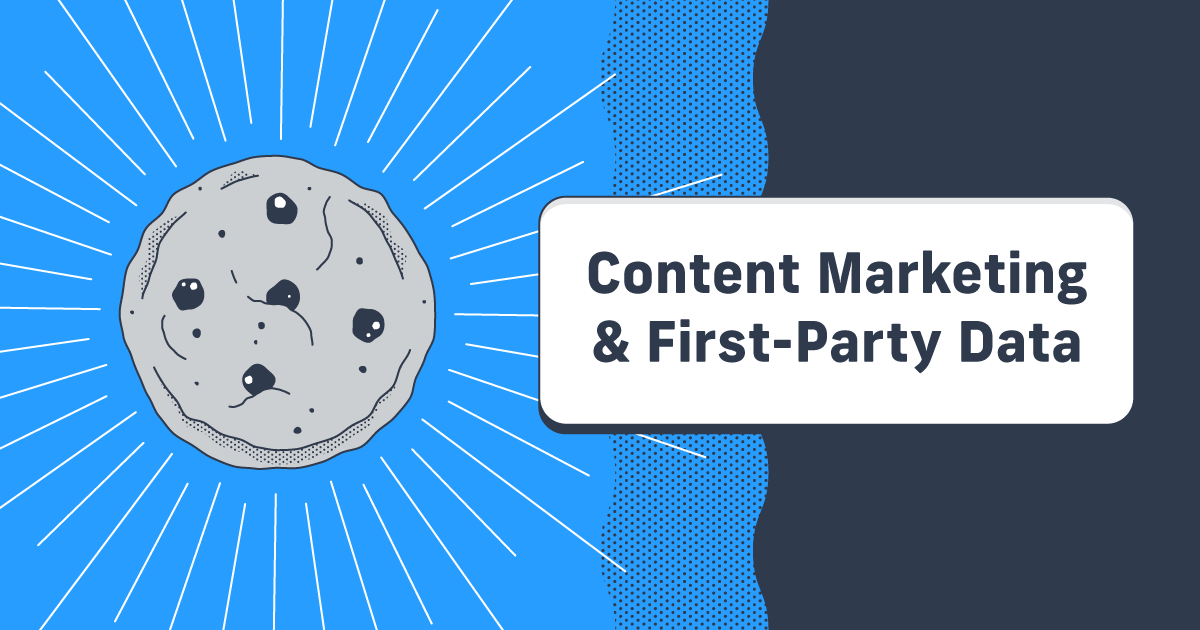Selling Your Book on Consignment with Indie Bookstores
In case you haven’t noticed, here at Lulu, we’re very big on ecommerce—whether it’s using Lulu Direct to sell your books directly to your audience or using the Lulu bookstore to sell your book to readers, or using Global Distribution to make your book available on online book retailers like Amazon, B&N, or Bookshop.org.
Despite our love of online retail, we still know there’s something to be said for the thrill of walking into a bookstore and finding a copy of your book on the shelves. The question, then, is how do you get your book on those shelves?
Have You Considered Consignment?
For self-published authors, selling on consignment can be the best (and sometimes only) way to get physical copies of your book on a shelf in a bookstore. In this particular case, the author would be responsible for providing copies of their book to the store and doing the bulk of the marketing and promotional work to get readers to visit that store to buy the book. The store, in turn, will handle the actual sale of the books.
Before you submit your book for an author consignment program, there are a few things you should know and a few questions you should answer to ensure you’re making the right choice for your brand.
How Do Bookstores Decide What Books to Stock?
There are a lot of factors that go into what books a store will choose to carry. They’ll likely take in mind what genres their customers buy most frequently if the author is an established critical or commercial success or a debut author, and if the book’s topic is timely or trending. But some factors have little to do with the content of the books. Factors like what kind of marketing strategy the publishing company has in place to support the promotion of the book—will they be doing a lot of advertising for it, what are the chances it becomes popular or hits the bestseller list? Will the author be doing any major media promotion, is Netflix optioning the rights for a series, or has Book Twitter started hyping it up?
There are practical factors to consider, too. What kind of discount is the publisher offering? The wholesale price of a book is usually 40 to 50% off the list price of a book. Wholesale pricing is how bookstores make a profit on the books they sell, and why you rarely see a discount higher than 30% on a book.

They’ll also consider what the return value of a book is. Let’s say a bookstore orders ten copies of an upcoming release, but they only sell four in the year before the paperback edition comes out. The bookstore needs to know that they won’t be responsible for eating the cost of those unsold books and that the publisher will accept the books as a return and refund or credit them for the cost.
If you’re familiar with some of the major differences between traditional publishing and self-publishing, you might recall that traditional publishing companies have sales teams. One of the primary responsibilities for the reps on those sales teams is to…well, sell their books. They are responsible for convincing bookstores to invest in quantities of the publisher’s upcoming books. The sales reps will handle most—if not all—of the aforementioned factors with the bookstore buyers, working hard to maximize both the publisher’s and the bookstore’s sales by putting the correct stock of books in the correct stores.
So, How Do I Make Them Stock My Book?
Of course, self-published authors don’t have a sales team to advocate for their books. Or a built-in, long-established relationship with buyers at bookstores around the country. Instead, it’s up to you, the author, to let bookstores know that your book is available, and to convince them that it’s worth their valuable time, money, and shelf space to add it to their inventory.
In some cases, you may get lucky enough to have a local bookstore that is open to ordering copies of your book. On the occasion that a bookstore wants to place an order—a small number of copies, special requests from a customer, or books that a store can’t get directly from the publisher—they have the option to instead order from a book distributor.
Unfortunately, even if your book is available from a distributor, your bookstore still might not be willing to order it. There are still other factors to consider—specifically the practical ones about wholesale pricing and a book’s returnability. That’s where selling on consignment comes in.

Your Free Lulu Account
Create a Lulu Account today to print and publish your book for readers all around the world
Selling on Consignment
If you aren’t familiar with selling on consignment, it’s pretty straightforward. Basically, if a person has a product to sell but lacks the platform to sell it, they can make arrangements with a third-party vendor to sell the product for them. In exchange, the vendor will keep part of the profits from any sales. Websites like Poshmark and Mercari are popular examples of modern online consignment retailers, but it’s a sales model that goes way back.
Many indie bookstores have consignment programs available, though I strongly encourage you to do your research before committing yourself to participate in a consignment program. Some questions to consider are:
- What are the terms of the consignment agreement?
Most stores will charge a handling fee and require a contract before accepting a book into their consignment program. For example, they may charge $25 a month per title (not per copy), and require a six-month minimum commitment. Make sure you know what those terms and fees are before you commit to anything. - What is the profit split?
Remember that the key word here is profit. Part of the deal is that the bookstore will keep a cut of your book’s profits. Let’s say you have a 50/50 split deal with the store and you sell your book for $20. The store gets $10 per sale, and you get $10 per sale. But keep in mind what it costs you to print your book. If you paid $10 to print and ship your book…congrats on breaking even, I guess? If you paid more than $10 for your book, you’re now losing money even though you’re selling books. Make sure you consider what the split is between the bookstore and the author, and make sure that you price your book accordingly. - What are the terms of the payout?
When will you get paid for your sales? When you’ve sold a certain quantity? When a certain amount of time has gone by? When does your consignment contract end? You are, I assume, selling your book to make money, so be sure to know the terms of when exactly you’ll make that money. - How will your books be promoted in the store?
I suggest you visit the store before you submit your book for consideration for consignment. Specifically, visit the store and see if you can find the other books that are on consignment…without asking for help from a staff member. Because hey, guess what—if you can’t find the consignment books in the store, then chances are people won’t be able to find your book. You don’t want to be paying a consignment fee only to find that your book was shelved on the bottom shelf in a back corner, do you?
Pro Tip: most stores aren’t going to call it a consignment section—look for a section promoting Books by Local Authors or Books by Indie / Self-Published Authors
Most—probably all—bookstores that offer author consignment programs probably have all of these details readily available on their websites. If they don’t, look for contact details on their site so you can connect with the consignment program manager and ask.
Because these details are usually available online, I encourage you to do some comparative research. Check out, for example, how your bookstore’s consignment policy compares to some of these:
- Quail Ridge Books in Raleigh, NC
- Saturn Booksellers in Gaylord, MI
- Bookshop Santa Cruz in Santa Cruz, CA
How Can I Get a Book Accepted on Consignment at a Bookstore?
You’ve done your research, confirmed your local bookstore has a consignment program, and you’ve decided it is worth your while to submit your book. That’s great! Keyword there—submit. Your book still has to be accepted into your store’s consignment program, and I’ll be blunt with you—they are not going to accept everything. In my experience, roughly half the books that were submitted for consignment consideration were rejected.
But of course, I have some tips for you! So, what can you do to maximize your chances of having your book accepted?
Your Book Needs to Look Good, Inside and Out
Honestly, this is the most important criterion and the hardest. Just like you wouldn’t want to sell a product you weren’t proud of, an indie bookstore that stakes its reputation on its inventory will not carry a book that doesn’t meet its standard—and I’m not talking about the content or quality of the writing.
Your book must have a spine. Coil-bound books are rarely sold at bookstores, even traditionally published ones, because they’re very difficult to stock on a shelf and even more difficult for shoppers to find. Likewise, books with saddle stitch binding aren’t very popular either, especially if it’s anything other than a children’s picture book or a comic book. Speaking of spines, your book should have the title and author’s name on the spine.
Your book will also need a unique ISBN and a barcode. Both of these are required for a book to be eligible for Global Distribution anyway, so chances are you’ve already done that!
And of course, the interior. Your book doesn’t need to be professionally formatted, but it should look like it is. The pages should be neatly laid out with page numbers, mindful of margins and gutters, and as free of typos and errors as possible. For tips on how to format your interior file, we have a few resources you can check out:
Make Sure Your Book is a Good Fit for the Store
Some bookstores are big enough to have a broad audience and will stock a wide variety of books. Some are not. Make sure that you’re not wasting your own time by, for example, pitching your nonfiction book to a romance bookstore like The Ripped Bodice. I also recommend you check the store’s policy for consignment authors—they may only accept local authors or only accept books in certain genres.
Check the Store’s Policy for Consignment Authors. Again. And Again, for Good Measure
I cannot emphasize this strongly enough—I know I’m being redundant about it, but it bears repeating—follow the guidelines set out by the bookstore or stores you’re contacting. Booksellers are constantly fielding requests like yours, daily—the guidelines they have in place are designed to streamline the process, to help both you and the bookstore get everything done smoothly and efficiently. Make both of your jobs easier—stick to the guidelines laid out for you. In the best case scenario, you establish a good relationship with a local bookseller…which obviously, as an author, is a pretty big win for your author network. Worst case scenario? You burn a bridge with a local bookseller. And trust me, booksellers have long, long memories of burned bridges.
With a little luck—and a good amount of hard work—your book will be accepted into your local indie’s consignment program! Congratulations on that sweet, sweet victory of finally walking into a bookstore and seeing your book displayed proudly on a shelf. You’ve earned it, and we love to see it.
No, really, we love to see it. Is your book on display at your local indie? Snap a picture of it, post it on Instagram, and tag @luludotcom so we can see it too!




